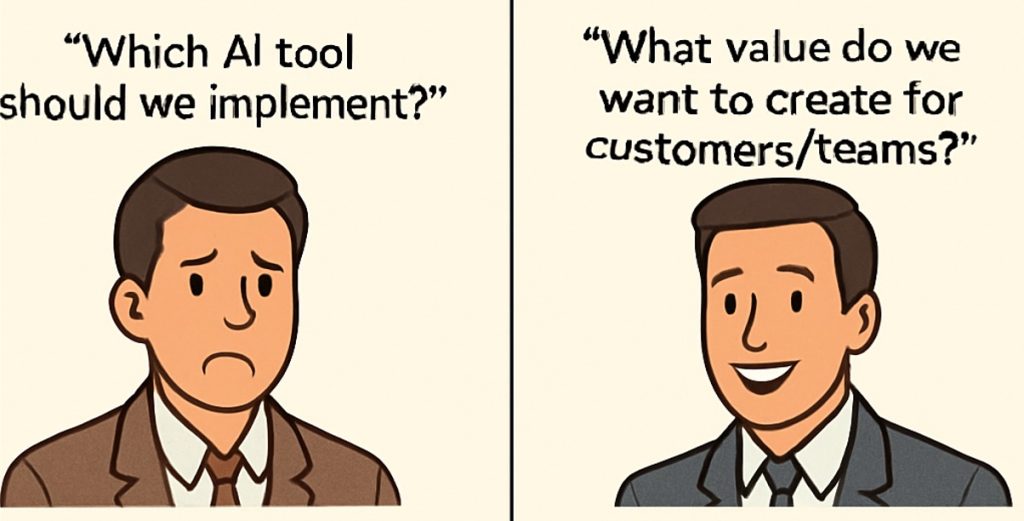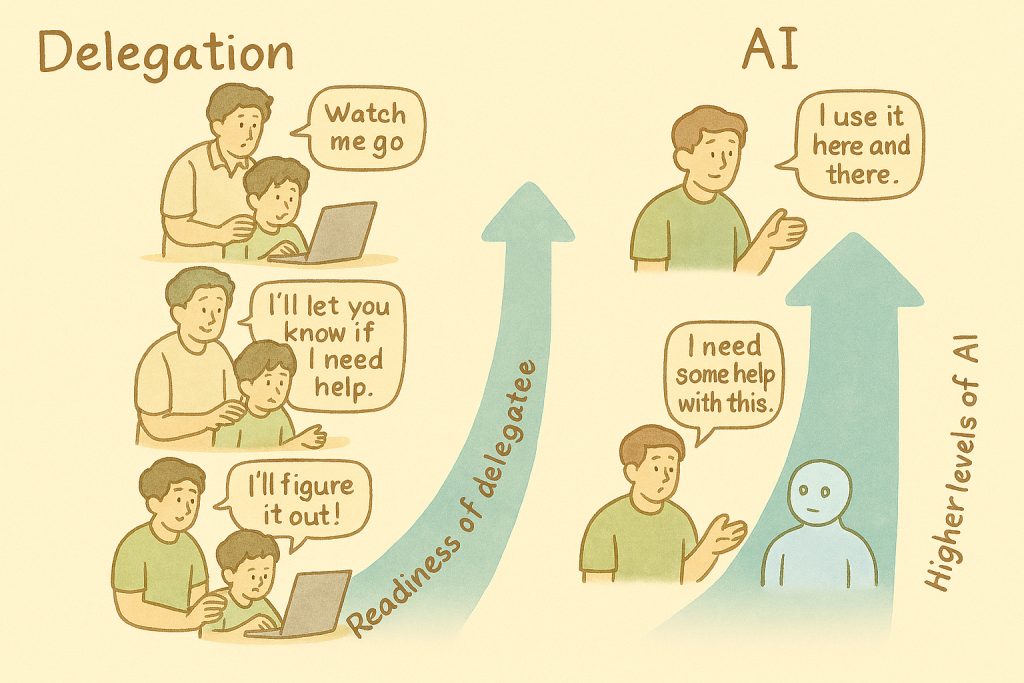One question that I get regularly from most teams and organizations that I have coached in their Agility journeys, is related to choosing the persons to play the ‘new’ roles of scrum master of product owner.
On the face of it, such questions seem simple to answer. One could say, just refer to the documentation related to the model being adopted and pick people to fill those roles.
I wish it was as simple.
Most of the time, re-designating a person does not change the style or way of working.
In some organizations, transformation exercises list the new roles and drop some old roles [typically, those that may have a ‘manager’ prefix or suffix].
So, many managers want to become Scrum Masters or Product Owners.
In many such instances, the persons continue to function the way they used to, with just new titles.
In my sessions with teams, one of the important topics that I stress on is role clarity.
When we talk of Agile teams – the essential characteristics include
- The ability to self-organize
- Owning the deliverables [outputs] as a team
If the re-designated managers are not able to re-calibrate themselves to effectively enable these aspects, the tendency to continue to adopt a directive style or expect a manager-subordinate reporting relationship will continue.
These, one would appreciate, are not just anti-patterns, but are seeds for dysfunctions at a team level.
In order to become or enable teams to become high performing, what is expected of the Scrum Master role is to be a facilitator.
While one may carry a title or designation of a Manager – that could be more for organizational hierarchy and managing spans of control.
In the context of a team, there are activities to be owned and performed by all members. In that sense, a neutral title for everyone part of a team could be just ‘member’.
Each person may play one or more roles. A Developer could also be a Reviewer. A tester could also be an automation programmer. A team lead could also be an architect .. and so on..
With many teams preferring to have ‘full stack developers’, every member would have the flexibility of playing different roles, based on the need of the hour, to meet the team goals – for an iteration or release.
Some tips to make this work well:
- Make sure that ALL activities needed in the team are owned by at least one role
- There may be multiple persons playing similar or same roles, depending on the team and project requirements
To summarize:
- A title is more representative of the position in an organization structure and would have some associated expectations in terms of the areas of contribution. May also be known as a designation or rank. Typically, an individual will have only one title at a time
- A role, which may or may not be explicitly articulated, determines the contributions and influence on the outputs or outcomes [when extended beyond the development team]. An individual might play multiple roles in the context of a team and, sometimes, different roles in different teams – in parallel
- To help individuals play roles effectively, role based mentoring and coaching may be considered
What has been your approach and experience with identifying or playing roles vis-à-vis titles?
I am eager to know





